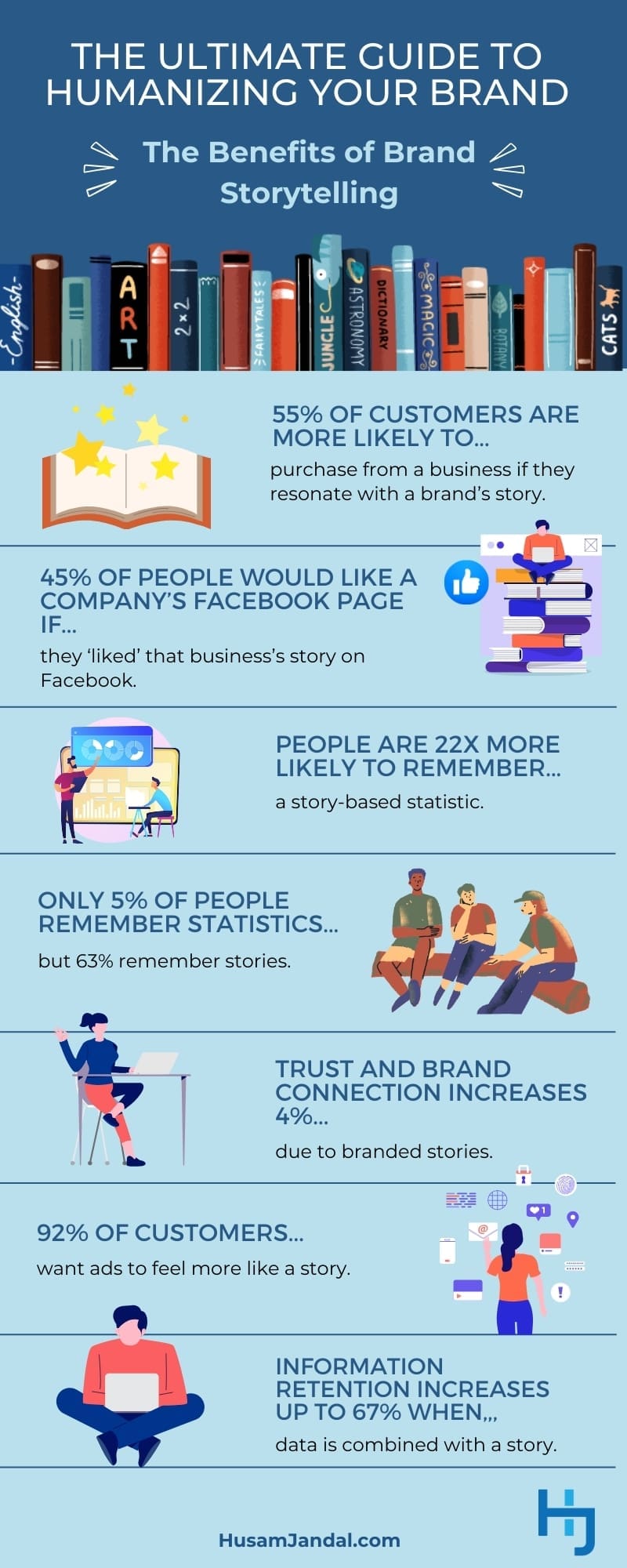 It’s a clear day in La Ciotat, a small town nestled on France’s Mediterranean coast. Men, in their pinstriped suits and derby hats, and women, in their flowing gowns and abundantly floral hats, mill about on the platform at Gare de La Ciotat, eagerly awaiting the arrival of the steam engine. At last, a glimmer of the locomotive comes into view, and travelers, hoping to predict its final stopping point, rush to the edge of the platform. But the train does not stop. Screams ring out as spectators scramble in all directions, fearing a collision that never comes. The film abruptly stops.
It’s a clear day in La Ciotat, a small town nestled on France’s Mediterranean coast. Men, in their pinstriped suits and derby hats, and women, in their flowing gowns and abundantly floral hats, mill about on the platform at Gare de La Ciotat, eagerly awaiting the arrival of the steam engine. At last, a glimmer of the locomotive comes into view, and travelers, hoping to predict its final stopping point, rush to the edge of the platform. But the train does not stop. Screams ring out as spectators scramble in all directions, fearing a collision that never comes. The film abruptly stops.
What I’ve just described to you is the legendary tale of a short film called “L’Arrivée d’un train en gare de La Ciotat,” which debuted in 1895. The clip lasted only about a minute and showed the everyday occurrence of a train arriving at a station. However, the audience was allegedly so unfamiliar with moving pictures that they were certain of the train’s impending impact and fled their seats. Historians don’t necessarily believe it really happened this way anymore, but the legend lives on. That’s the power of storytelling.
What is Brand Storytelling?

The example above is something brands leverage in their marketing, too. Think about how Coke approaches advertising. They’re never selling beverages. They’re crafting tales. You’ll see happy families gathered around in celebration and friends sharing laughs. You become engrossed in these stories and can picture yourself in them. The shoemaker TOMS does this extraordinarily well, too. Each time someone purchases a pair of shoes, the company donates a pair to a child in need. You’re not merely outfitting your feet. You’re part of a child’s story and improve their quality of life – a detail you’ll likely remember and feel good about each time you don a pair.
This is successful brand storytelling. It allows you to create emotional and value-driven connections between your business and its customers. It thrives on authenticity and performs best when it showcases your values.
Why is Brand Storytelling Important?
In all, 73 percent of B2B marketers use some form of content marketing, Search Engine Journal reports. That means it’s not a large shift for most to start incorporating storytelling in their efforts. Roughly two-thirds of those who leverage it agree that B2B brand storytelling is an effective tactic. Consumers appreciate it, too, with 92 percent saying they want brand advertisements to feel more like stories, per Fast Company. Moreover, there’s data to explain what makes it so effective.
People Are Wired to Listen to and Identify with Stories
Stories are a significant component of our language patterns. Around 65 percent of our discussions involve gossip, which we often leverage as a way to entertain others or help strengthen group ties, research published by the American Psychological Association (APA) shows.
Experts believe that our brains are naturally attuned to storytelling and respond better to it than other forms of content sharing because storytelling triggers the release of oxytocin, the feel-good hormone, HBR reports. In other words, our brains literally feel “love” when we hear stories.
Additionally, there’s an entire field of neuroscientific study referred to as “neurocinematics” that delves into how our brains respond to movies. Uri Hasson, a professor at Princeton University, is often credited with its 2004 discovery when he realized fMRIs of people watching movies have brain activity that indicates they’re feeling the same thing the person on-screen is feeling. Entire theaters of people can experience the same emotion at once due to the immersive storytelling nature of cinema.
Storytelling Boosts Recall
You can also brand storytelling to help solidify your values, value propositions, and other key messages. This, too, may be tied to the release of oxytocin, which can help cement memories. Researchers Dan & Chip Heath dug into this phenomenon in relation to public speaking. They realized that attendees can remember about 63 percent of stories but only five percent of individual statistics, as covered in Made to Stick.
That doesn’t mean people won’t remember the facts you share, though. In another study, participants were asked to memorize words, either by their own process or by incorporating the words into a story. Recall was seven times higher for those using stories, Stanford researchers report. Research by cognitive psychologist Jerome Bruner echoes the finding but contends we’re 22 times more likely to remember a fact when it’s part of a story, Forbes notes.
Storytelling Boosts Conversions
Everything you do in digital marketing should tie back to a core benefit with measurable results. Storytelling delivers here, too. For instance, it’s been shown to boost conversions by 30 percent, according to the Delhi School of Internet Marketing.
Storytelling Increases Perceived Value
Researchers wanted to understand how much storytelling increases the perceived value of a product, so they brought on a team of experienced storytellers and gave each one a random object of little value to craft a story around. The items were then listed on eBay along with their narratives and auctioned off. What started out as $128.74 worth of “thrift-store junk” ultimately sold for $3,612.51.Known as the Significant Objects project, the study showed the stories increased the value of the items by 2,706 percent! The team repeated the experiment a few times with similar results.
In other words, storytelling can profoundly impact your return on investment and the overall profitability of your business.
How to Develop Your Storytelling Strategy
Now that we’ve covered the background, let’s take a look at how you can develop your personalized brand storytelling strategy.
Build the Foundation of Your Brand Story
Your brand story will be told over and over again using different techniques and across various channels. Because of this, it’s essential to map out exactly what that story needs to convey each time.
Understand Your Audience
Before you can tell a story that appeals to your audience, you need to know who they are. This means going beyond demographics and understanding their needs, aspirations, and challenges. Develop personas if you haven’t done so already and draw from them as you develop your brand storytelling framework.
Nike takes this to heart when developing digital marketing assets. They craft stories that speak to the athlete in everyone, including those with different abilities. It makes their audience feel seen and understood.
Align Your Stories with Brand Values and Be Authentic
Your audience can spot insincerity from a mile away. Stay true to your brand’s values and mission. While TOMS is a great example, your brand doesn’t have to be involved in charitable giving to create authentic connections.
Dove’s Real Beauty campaign is a prime example of authenticity in action, celebrating the diversity of beauty and connecting with their audience on a deeply personal level.
Create Relatable Brand Messages
Your brand’s messages should reflect the realities and aspirations of your audience. They should see themselves in your stories and feel that your brand understands their journey. Allstate’s “Mayhem” campaign is a masterclass in creating relatable brand messages, using humor and real-life scenarios to illustrate the importance of insurance in a memorable and engaging way.
Leverage Customer Engagement
Engaging with your audience is not just about telling your story. It also involves listening to and incorporating their stories into your brand narrative. It’s a two-way street that can significantly amplify your brand’s authenticity and relatability.
Utilize Customer Testimonials and Success Stories
Customer testimonials and success stories are gold mines for authentic content. They provide real-world proof of your product’s or service’s impact, making your brand’s claims more believable. Highlight these stories in your digital marketing to show potential customers the benefits of choosing your brand. Airbnb’s “Stories from the Airbnb Community” does an excellent job of showcasing real user experiences to make the brand feel more genuine and suitable for its audience.
Encourage User-Generated Content
Encouraging your customers to share their own content related to your brand not only provides you with authentic material to use in your storytelling but also deepens your relationship with your audience. GoPro, for example, encourages users to submit video clips that have been recorded with their cameras, which it then uses in digital marketing.
Inspire Your Audience to Participate in Storytelling
Your story can be your audience’s story, too. To maximize the impact, explore ways you can rally your audience around a shared value or cause. IBM does this beautifully with “Call for Code.” It’s a program that asks developers to contribute code to existing open-source projects that center around social causes or “using tech for good,” as the brand notes.
Strengthen Product and Service Narratives
Don’t think of your products or services as something you’re selling. They’re solutions for real people. Their stories almost tell themselves if you let them.
Weave Storytelling into Product Demos
Your demos are an opportunity to tell a story about how your product fits into people’s lives and solves their problems. Frame your demo around a relatable scenario that your target audience faces. Wrike does this beautifully in its video about the launch of its mobile apps. It doesn’t give a list of the features or benefits. Instead, you see a realistic team collaborating remotely on different devices using various features to ensure a top-notch presentation is prepared quickly. We’re intrigued. We’re probably thinking about all the potential ways the new technology can help us communicate better and work more efficiently.
Structure Stories Around the Problem You Solve
Every product or service you offer was created to solve a problem or fulfill a need. Storytelling that features real customers who have benefitted from your solutions can be incredibly powerful here. For instance, Shopify has dozens of videos featuring their actual customers. Their interview with sporting equipment manufacturer Slinger digs into the challenges businesses face with other platforms, such as portions of the site breaking when an image is changed. We feel their pain. We’ve probably all been there.
Demonstrate Product Benefits Through Stories
Leverage the power of storytelling to illustrate the benefits of your products or services, making them more relatable and desirable. Salesforce’s video about how CRM works is an excellent example of how this works in practice. Instead of providing a list of benefits, it follows the story of a customer named “Celeste.” It shows all the ways a scooter company leverages its CRM to make a sale and keep Celeste happy.
Maximize Digital Channels for Storytelling
The key to successful digital storytelling lies in selecting and optimizing the right platforms for your message.
Choose the Right Channels
Refer to your personas or other research to determine where to focus your brand storytelling efforts. For B2B brand storytelling on social media, LinkedIn is generally a safe bet. However, you may find other channels equally suitable. For B2C, Facebook is often ideal. However, platforms like Twitter and Instagram can be excellent for sharing dynamic content that highlights your brand’s personality.
Tailor Your Message for Each Platform
The one-size-fits-all approach doesn’t work in digital storytelling. Each platform has its unique features and audience expectations. For LinkedIn, you might share in-depth articles or case studies, while Instagram could be more suited for visual storytelling and behind-the-scenes content.
Use Video to Evoke Greater Emotion
Earlier, we talked about how the brain scans of people watching movies show that viewers feel the same emotions as the featured subject. This gives video an edge over other mediums for brand storytelling. YouTube is a natural fit for most brands for this reason, but many platforms now have their own versions of native shorts that may help you boost reach and engagement. Remember that the same video can be shared in multiple ways – via social, email, website, and pay-per-click (PPC) advertising – as long as the message and medium are suitable for the audience.
Leverage Interactive Content
Interactive content, such as quizzes, polls, and interactive infographics, can significantly increase engagement by allowing your audience to participate actively in your brand story. This approach is particularly effective on social media and can be used to gather insights about your audience’s preferences and challenges, which you can use to improve your storytelling strategy as you go.
Let’s Tell Your Brand’s Story Together
Brand storytelling is more than a digital marketing strategy. It’s the heartbeat of your brand’s relationship with its audience. The right stories can transform your brand from a product or service provider to a partner in your customers’ lives. Because of this, I address branding early on when I work with a new client and weave into various elements as we move into more advanced strategies to help boost loyalty and engagement. If your brand needs help sharing its story with the world, contact me for a complimentary consultation.




































































